19 October, 2016
Fighting for a dream (Part II)
More than 7,000 km separate Iowa (USA) from Finland. However, our two athletes are closer than it might seem, judging from the distance. The American cyclist Amanda Miller and Finnish athlete Sari Saarelainen are veteran competitors who have been committed for years to the struggle to professionalize women's cycling.
Sari, member of the Michela Fanini squad, has had a close relationship with cycling from the time she was very little, since her father was a cycling coach. Her love affair with the world of bicycles began, however, when she first saw Leontien van Moors compete. “I asked my dad if he could get me a bike. I was 10 years old. The following summer, I was competing in my first races,” she says.
Amanda, from the Visit Dallas team, got a later start in this sport. She began cycling as part of her physical training when she played basketball, but she soon traded in baskets for wheels. And it was not easy in the beginning. “I felt really insecure at times. Lucky for me, I had some good ‘mentors’, but a lot of people can feel overwhelmed at the beginning stages in the world of competition”.
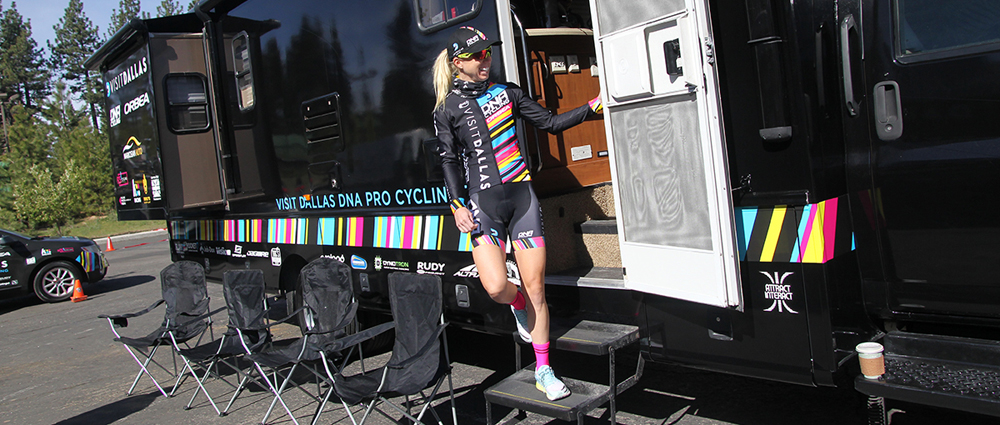 |
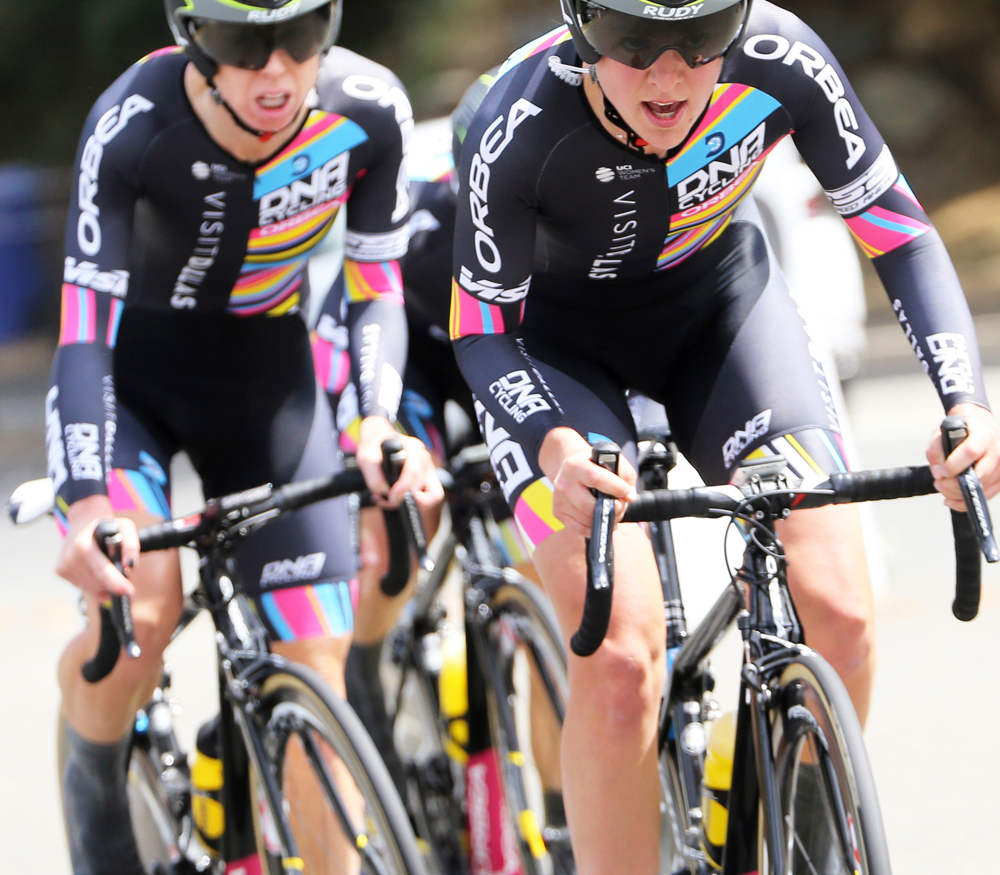 |
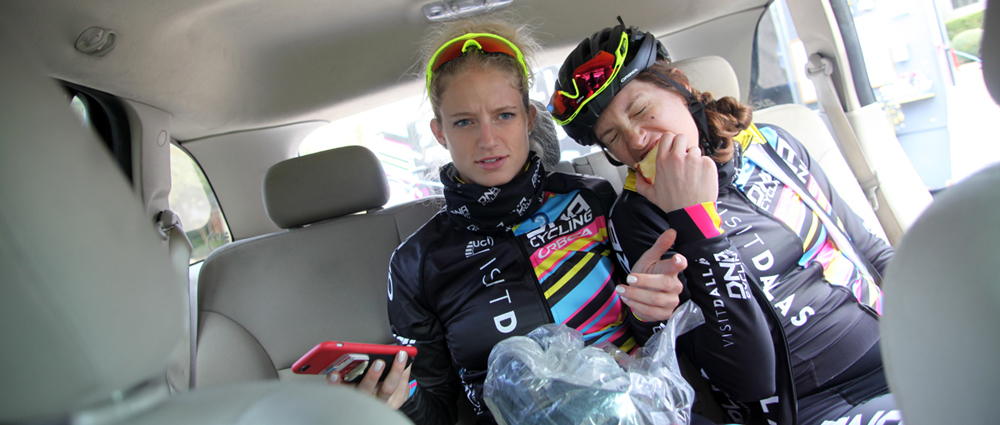 |
Leaving your country
Both cyclists had to travel far from home to grow in this sport. The Orbea-backed American cyclist went so far as to cross the pond to pursue cycling in Europe. “Sure, leaving my country was hard! But not so much for being far from home as having to deal with the differences between racing in the US and in Europe. In Europe, there's no question is that it is more difficult. The roads are narrow, the races more intense and it is much more difficult to move around in the peloton.”
For Sari, in turn, it was a logical step in her career. She left Finland when she was only 16 to see how far she could go in Germany. “My great moment was at the Giro de Trentino in 1999. I had come in fifth in the Junior World Championships the previous year. Everyone was talking about the GAS team and saying that it was unbeatable. During one stage, in the last climb, I looked around and I saw that I was next to cyclists like Luperini and Sundstedt. I realized that I had the top 10 within reach, as well as the maillot for the leader of the sub-23 category. And that I would receive offers from some of the best professional teams. And that's what happened. The following year, I was racing in Italy as a professional.”
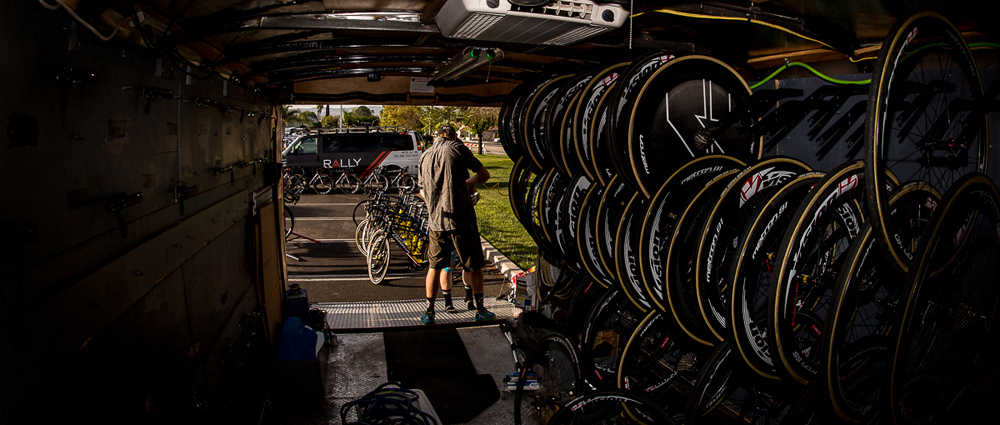 |
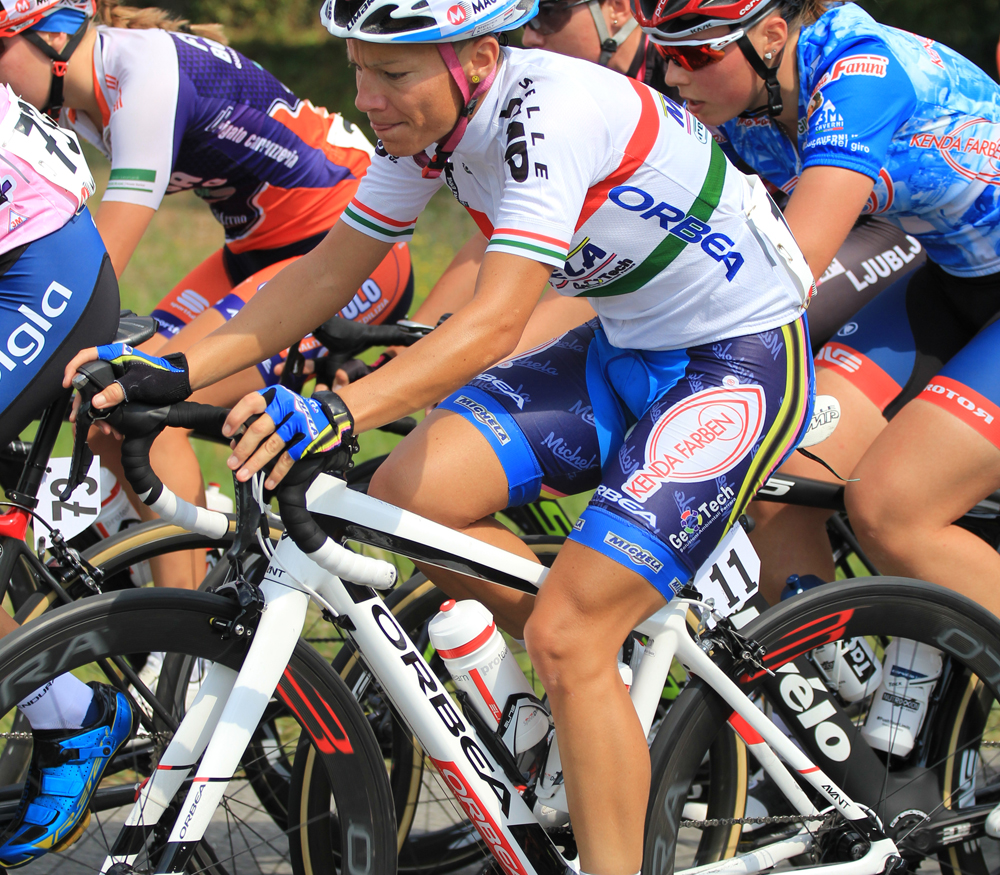 |
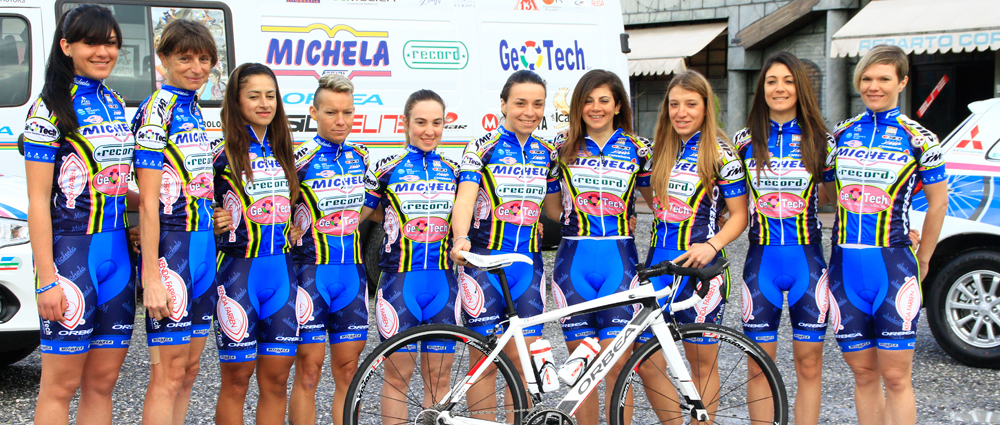 |
Cyclists, mothers and business women
The Orbea rider says being a cyclist is “a tough job”. And more so if, as in her case, you're a mother and business person. “It means dedicating 24 hours a day, seven days a week. However, having children, other interests and a job that adds color to my life, is a good counterbalance to cycling.”
Amanda, on the other hand, confesses that she is in the final stage of her career. “This year, I have focused on cyclo-cross. I managed a Top-5 finish at the World Cup in Valkenburg and 15th place in the UCI ranking. I'll try to improve on these achievements, but looking beyond professional cycling. Before leaving this sport, I wanted to pass on everything I have learned to my teammates and help them be successful.”
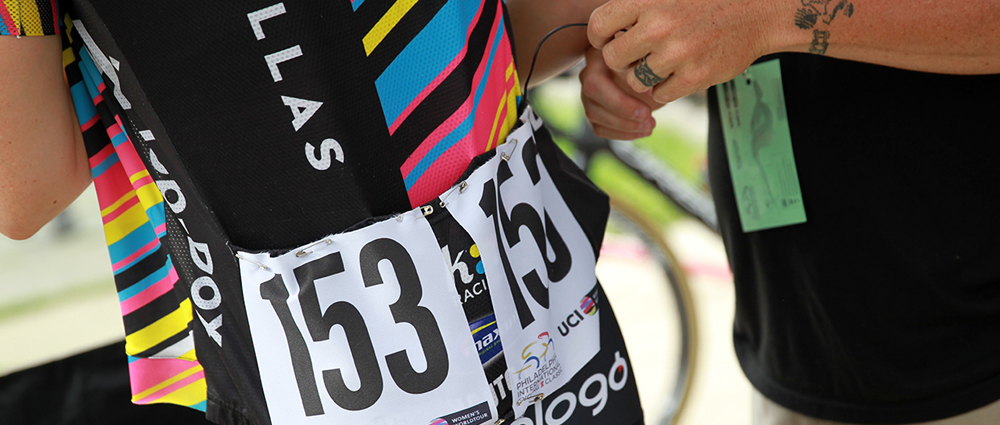 |
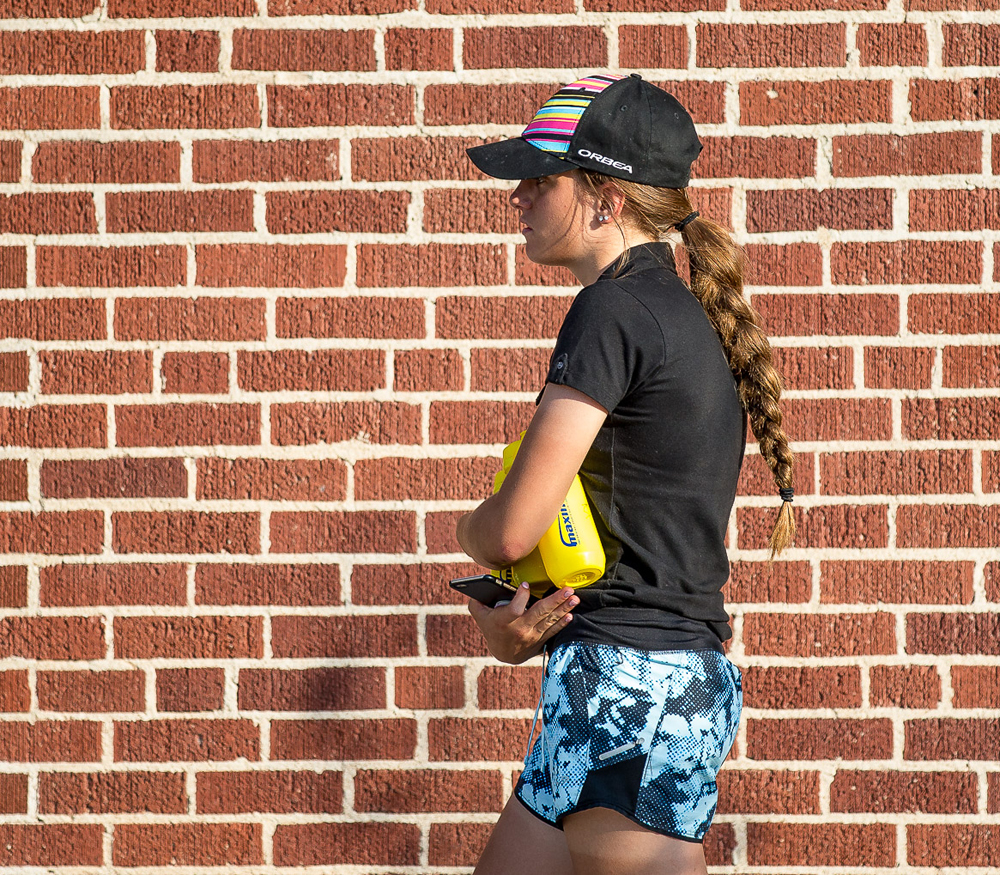 |
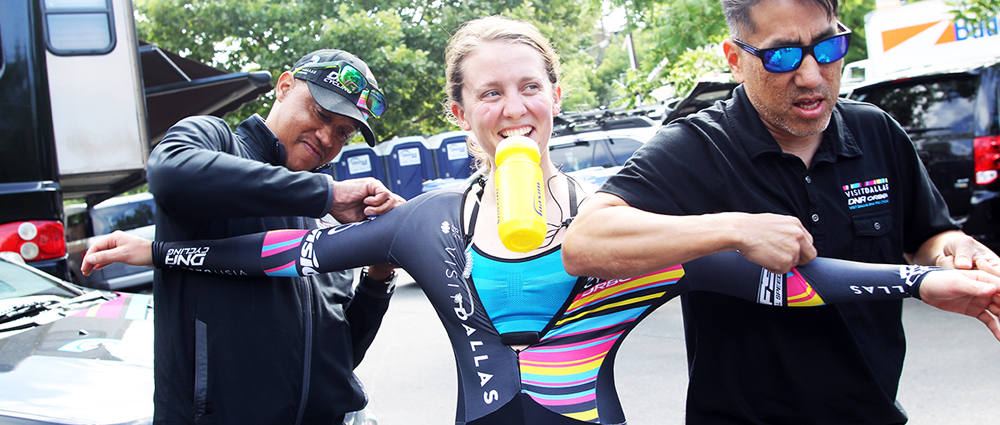 |
Towards a better future?
Both members of the Orbea-backed teams are excited about the creation of the UCI Women's World Tour, even though they think there is a still a long ways to go. “It's a step in the right direction. It will hopefully allow this sport to improve and evolve over time. For being a new initiative, this first year is off to a good start. Now all of us, the UCI, the teams, etc., must keep up the momentum and see what we can do to make women's cycling even greater,” Amanda says.
Sari shares her opinion. She describes this initiative as “a nice gesture”, but the reality in her opinion is that women's teams still receive much less attention on television than the men's races, the budgets are a small portion of what the men's teams have and the women's squads, she stresses, are a combination of professional and amateur cycling.
“I have a business in Finland, and I know that if I ran it like a hobby or if I treated my employees poorly, it would have gone bankrupt a long time ago. If women's cycling is a profession, it should operate like any other company. It might sound funny, but I would send a questionnaire out to all the cyclists on the professional teams to find out what needs to be fixed. I'm sure that the UCI would receive a very interesting response that could be used to improve this sport,” she concludes.
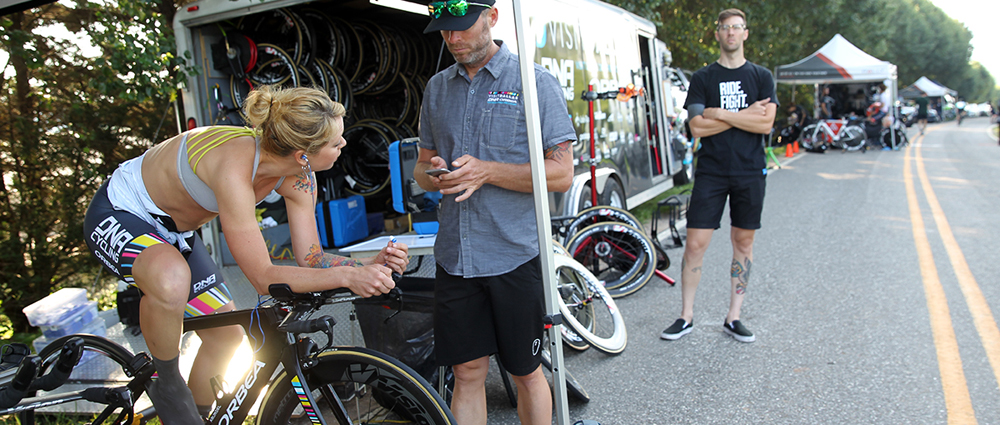 |
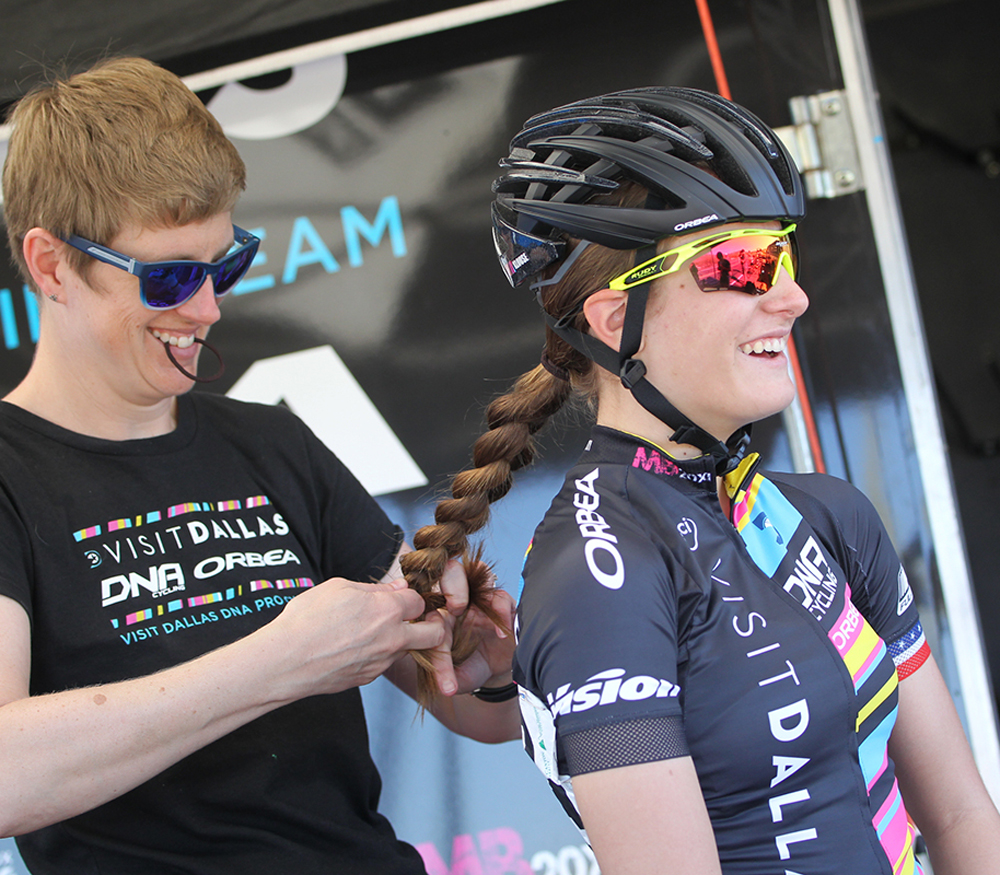 |
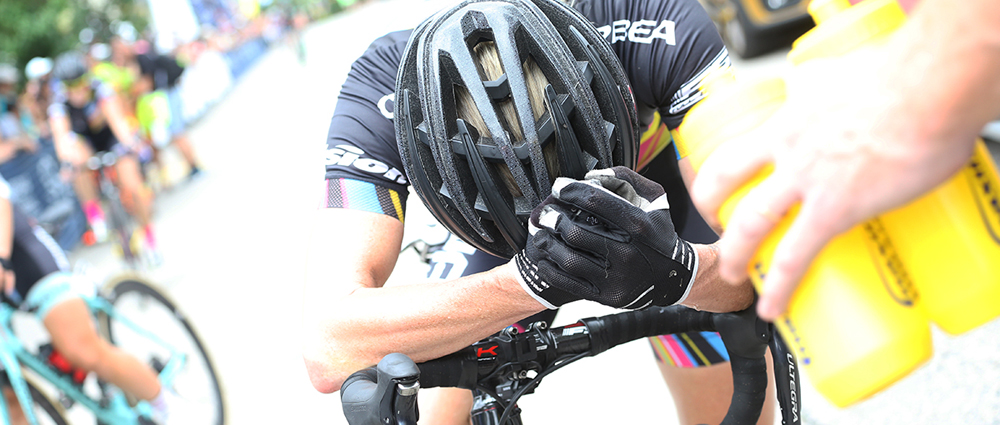 |
This is because, as Amanda mentions, everything is connected. “One of the real problems in women's cycling is the lack of visibility, as well as financial sponsorship and the team infrastructure. In many cases, the teams do not have enough money to allow them to have a professional structure. The sponsors who could provide it are waiting for this sport to become more mainstream before they invest in it, but if there are not any races that have the same level of exposure as the men's, it is difficult to sell the attractiveness of a team.”
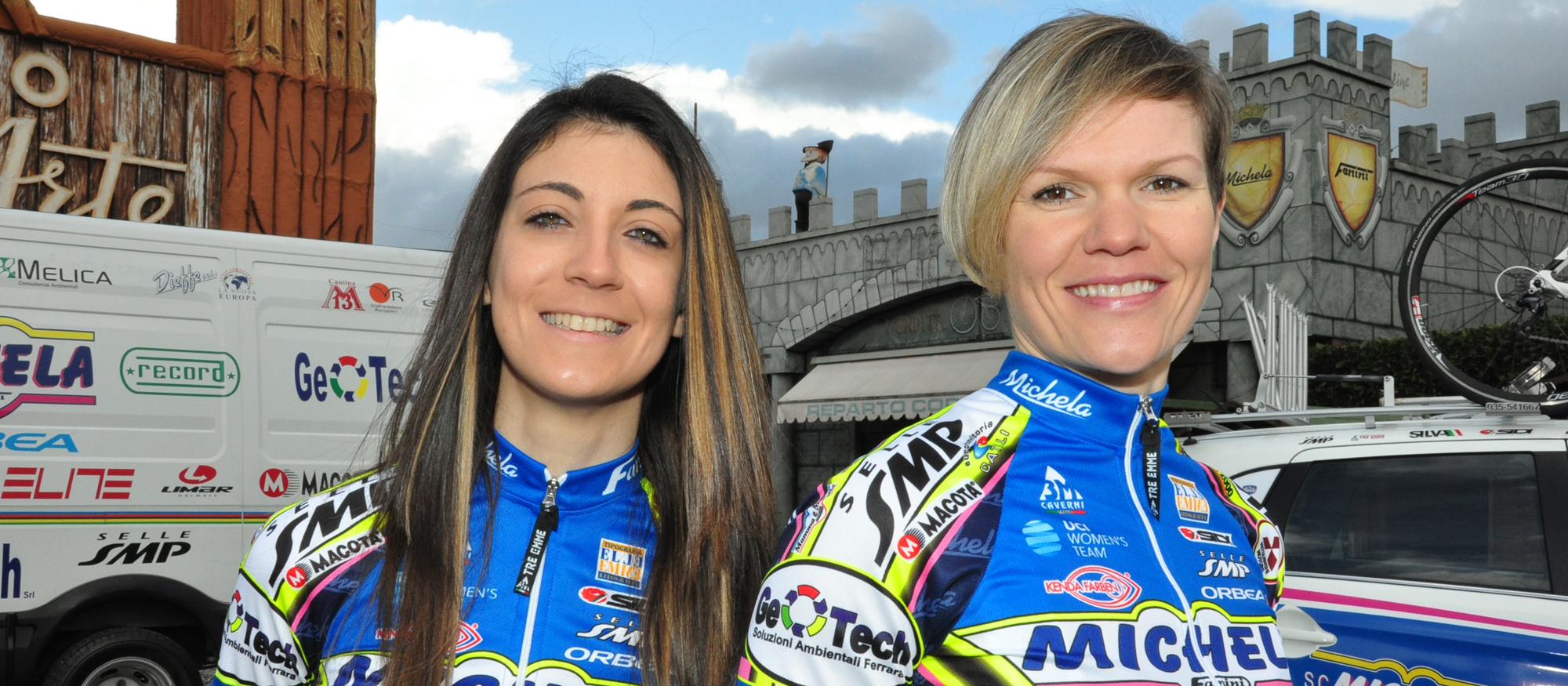
In spite of all these challenges, Amanda and Sari keep pedaling ahead, not only towards new personal victories, but also for what would be the ultimate triumph: greater professionalism and financial support for women's cycling.